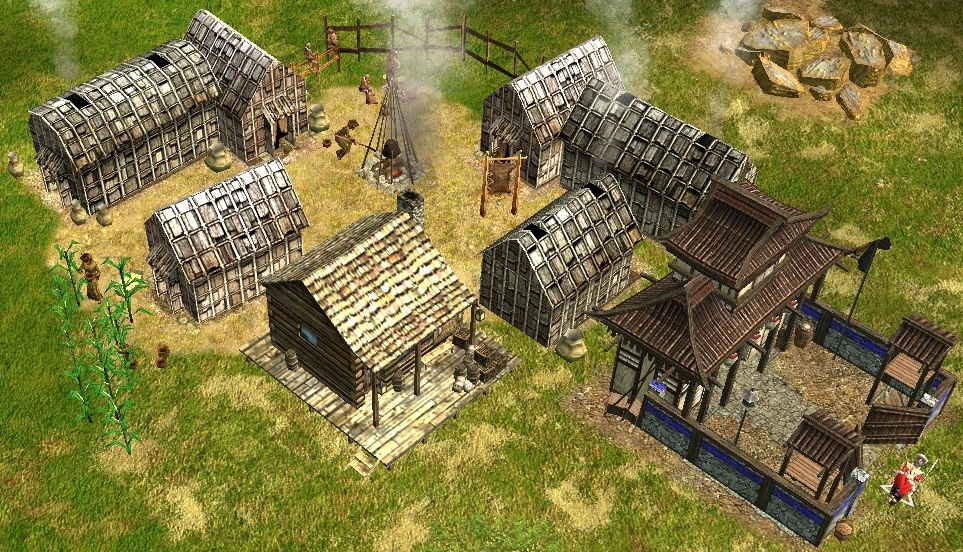

News of the fabulous value of Northwest furs sparked the interest of traders in America, England and Spain and led to the beginning of the sea-based fur trade in the Northwest. At Canton on the return voyage to England, following Cook’s death in Hawai’i, the crew sold their surplus pelts for $100 apiece, a remarkable price at the time. The pelts also were beautiful and luxurious, and the crew “was passionately fond of” them, Cook later noted in his report of the voyage. Cook’s crew traded practically everything metal they possessed - buttons, drawer knobs, kettles - in exchange for sea otter skins, which were needed to mend their worn clothing. The Indians possessed some brass and silver objects, apparently acquired from Spaniards who had visited the coast previously, and they wanted more. The expedition spent most of April at Nootka, where the local Indians carried on a lively trade with the crew for metal. He stopped at Nootka Sound, which he did not realize was on an island, for the purpose of repairing and rerigging his two ships, the Resolution and Discovery. Because his instructions were to search for the passage farther north, he spent little time off the Oregon coast, but he did name several prominent capes - Gregory (today called Arago), Perpetua and Foulweather - then was blown out to sea in a storm and missed both the entrance of the Columbia River and the Strait of Juan de Fuca.

He first sighted the coast near present-day Yaquina Bay, Oregon (Newport), on March 7. At the same time, stories about Russians trading Alaskan furs in China, and the continued search for the Northwest Passage, intensified European and, ultimately, American interest in the Pacific Northwest and the Columbia River.Ĭook approached the Northwest coast on his third voyage to the Pacific in March 1778. And it was the knowledge of Bering’s discovery of Alaska, among other concerns, that influenced the naval officers of New Spain to dispatch their own explorations north along the eastern coast of the Pacific into the Northwest in the mid-1700s and to protect and expand their empire by establishing an outpost at Nootka Sound on the west coast of present-day Vancouver Island in 1789. In August 1778, Captain James Cook named the easternmost point of Asia - the northeastern tip of Siberia - East Cape, but Russia has preferred the name Cape Dezhnev.īy leading the way into the North Pacific, Dezhnev inspired those who would follow. Petersburg after exploring the Siberian Pacific coast. Bering recognized the importance of Dezhnev’s accomplishment he reported on Dezhnev’s voyage upon his return to St. Historian Stephen Haycox of the University of Alaska calls Dezhnev’s voyage “a remarkable Russian geographical accomplishment,” a highly significant voyage like the later explorations of Vitus Bering in 17 that led to the colonization of Alaska by Russian fur merchants. In 1648, Dezhnev completed the first recorded voyage between the Arctic and Pacific oceans by sailing east from the mouth of the Kolyma River, which flows into the Arctic Ocean, around the northeastern tip of Siberia and south to a point near the mouth of the Anadyr River, on the Pacific Ocean.

In China, furs were traded for tea and spices.Ī Russian, Semen Dezhnev, may have been the first to venture into the northern Pacific for the purpose of commerce in furs. In the mid to late 1700s, the thick, luxurious and water-repellent furs of sea mammals were highly valued in China as well as in Europe, where they were sewn into coats, hats and bed covers. Furs, particularly those of sea otters and fur seals, lured the first European explorers, and later Americans, to the Pacific Northwest and the Columbia River.


 0 kommentar(er)
0 kommentar(er)
